Latest

Mouse study reveals multi-generational benefits of exercising during pregnancy
Maternal exercise during pregnancy enables multiple generations of mice to inherit enhanced fitness, with vitamin C playing a key role.
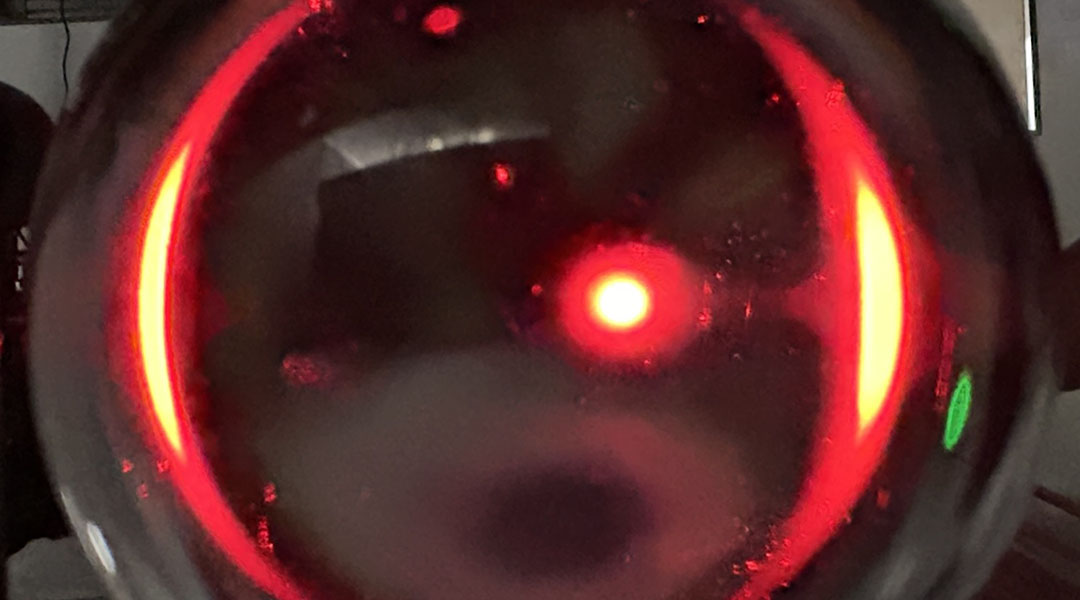
Researchers replicate gravitational lensing in the lab
Lenses help researchers mimic the way massive cosmic objects bend light—bringing the elusive effects of gravitational lensing to Earth.
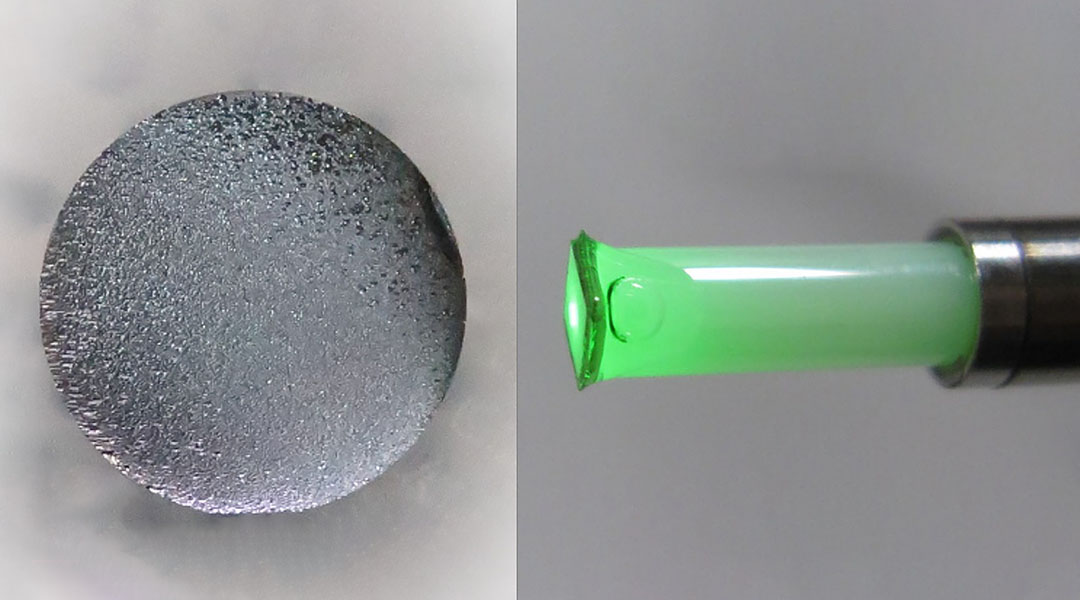
Low-cost quantum sensors could enhance EV battery monitoring
These low-cost quantum sensors detect tiny magnetic field changes and could help identify early battery issues in electric vehicles.

Cold shock from ice baths leads to stronger cells
New study reveals how repeated cold-water exposure enhances the cellular defenses, promoting adaptation to extreme temperatures.

Gas filaments could help explain how supermassive black holes get so big
New observations suggest elongated gas filaments that stretch into space may be feeding supermassive black holes.
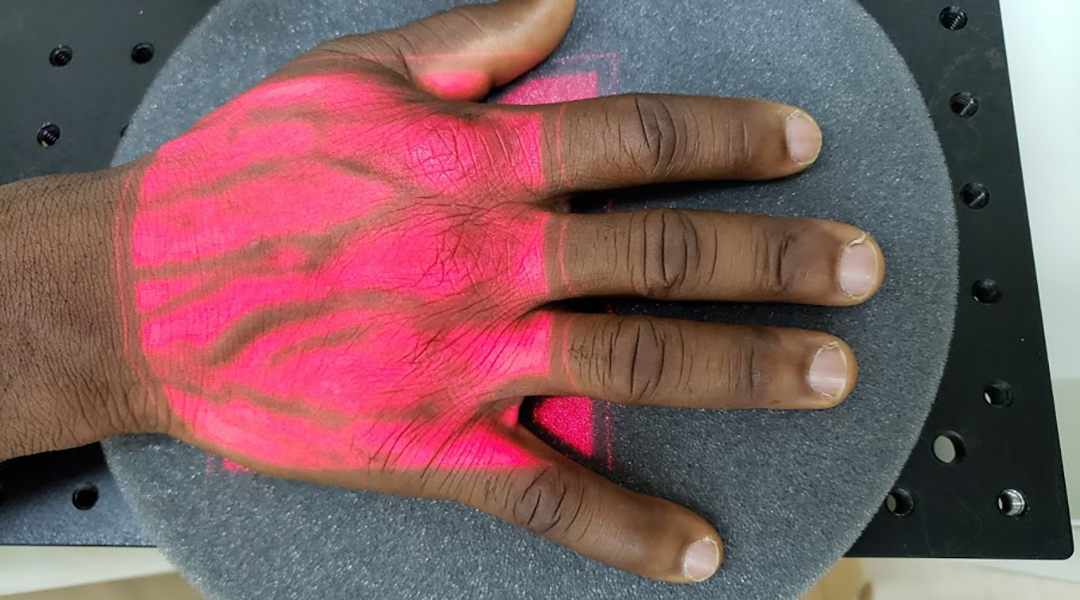
New malaria test “listens” to cells to make diagnosis
A non-invasive test uses a combination of lasers and ultrasound to detect red blood cells infected with malaria parasites with acoustics.

Black hole images deliver a deathblow to alternative theory of gravity
Images of the supermassive black holes wouldn’t have been possible if mimetic gravity was the right recipe for gravity.
ASN Weekly
Sign up for our weekly newsletter and receive the latest science news directly to your inbox.

New JWST data challenges our understanding of supermassive black holes
The new findings contradict most observations of supermassive black holes, making this an unprecedented discovery.
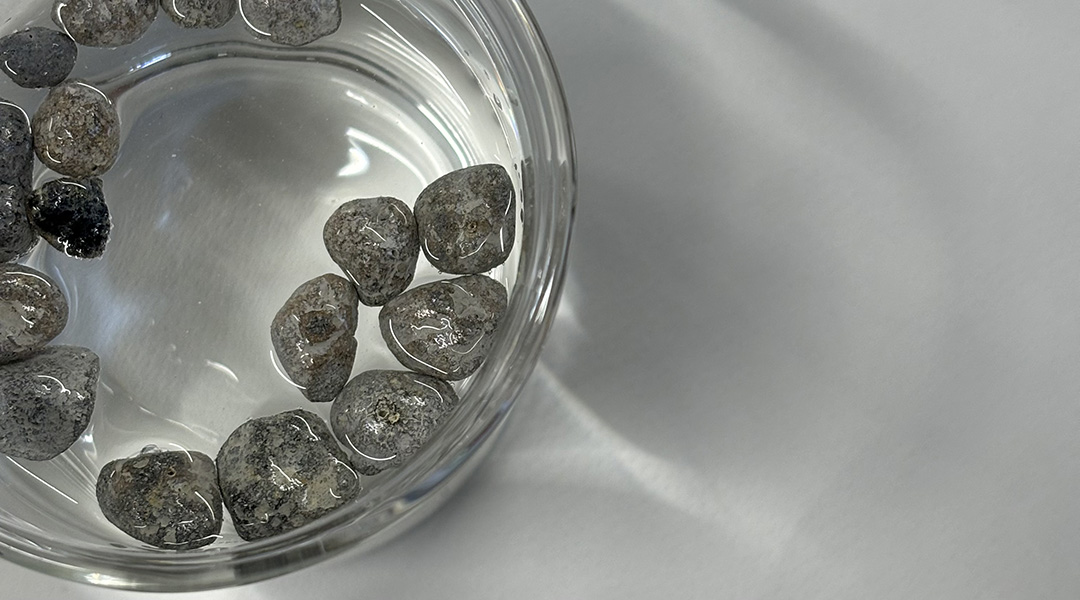
Floating photocatalysts help break down water pollution using light
Sunlight-activated floating photocatalysts offer accessible water purification, vital for remote regions and developing communities.

Low-cost, portable test detects heavy metals in water
Using electrochemical sensors, this new device can be used to combat water pollution by detecting heavy metals, like lead.
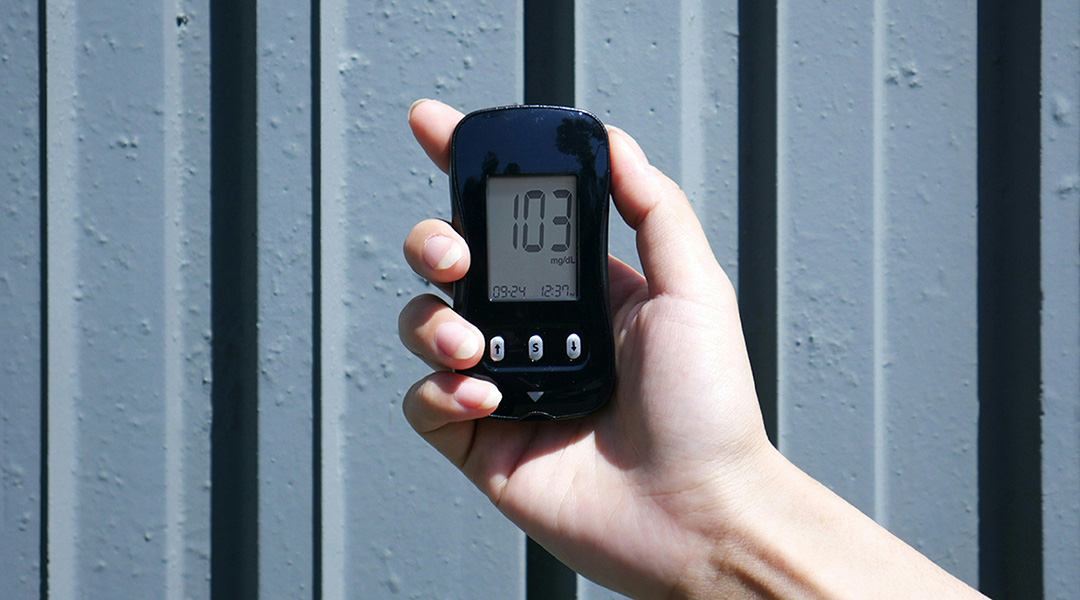
Wearable patch monitors blood sugar via sweat
An energy-harvesting wearable patch continuously monitors blood sugar levels via sweat to prevent hypoglycemic events in diabetic patients.

Nanovehicles take aim at tumor cells for better chemotherapy
Nanoparticles with innovative coatings target tumor cells, enhancing chemotherapy effectiveness while minimizing side effects.

World’s purest silicon chip could make quantum computers error-free
A new method to purify silicon for quantum computer chips could solve one of the biggest challenges in quantum computing.
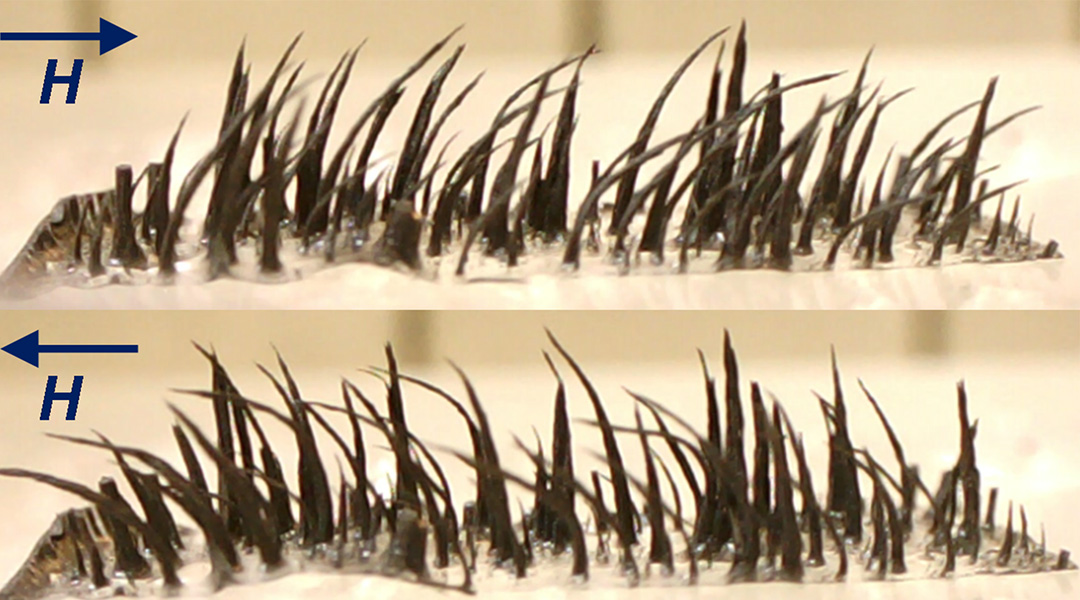
Teaching old magnetic cilia new tricks
These hair-like structures with applications in robotics are now reprogrammable, negating the need to replace them after one use.
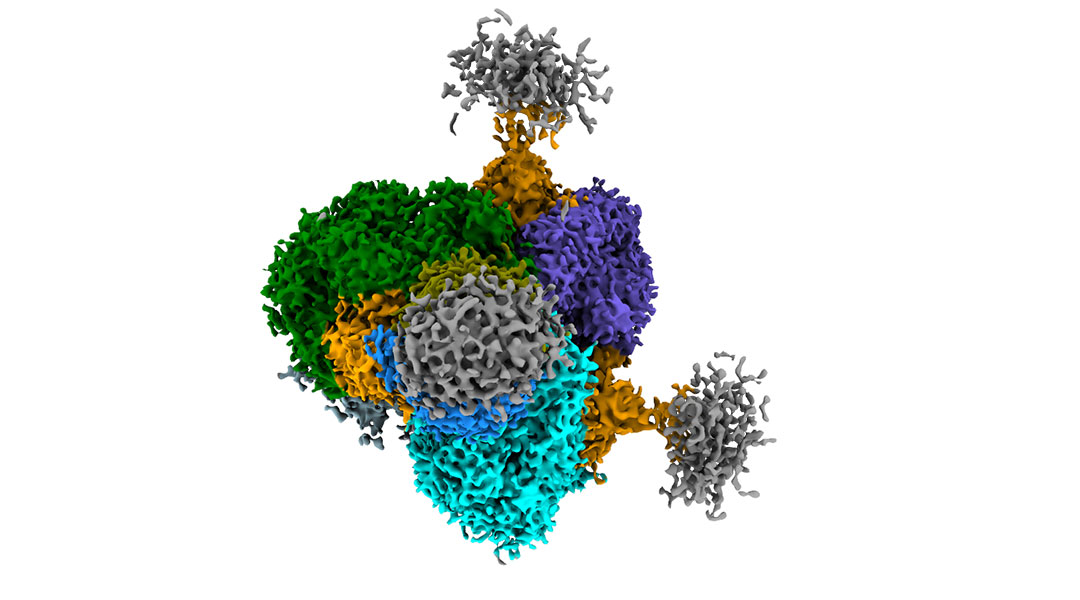
Antibodies from llamas bring scientists closer to an HIV treatment
A potent antibody therapy derived from llamas was found to broadly neutralize numerous strains of HIV-1.
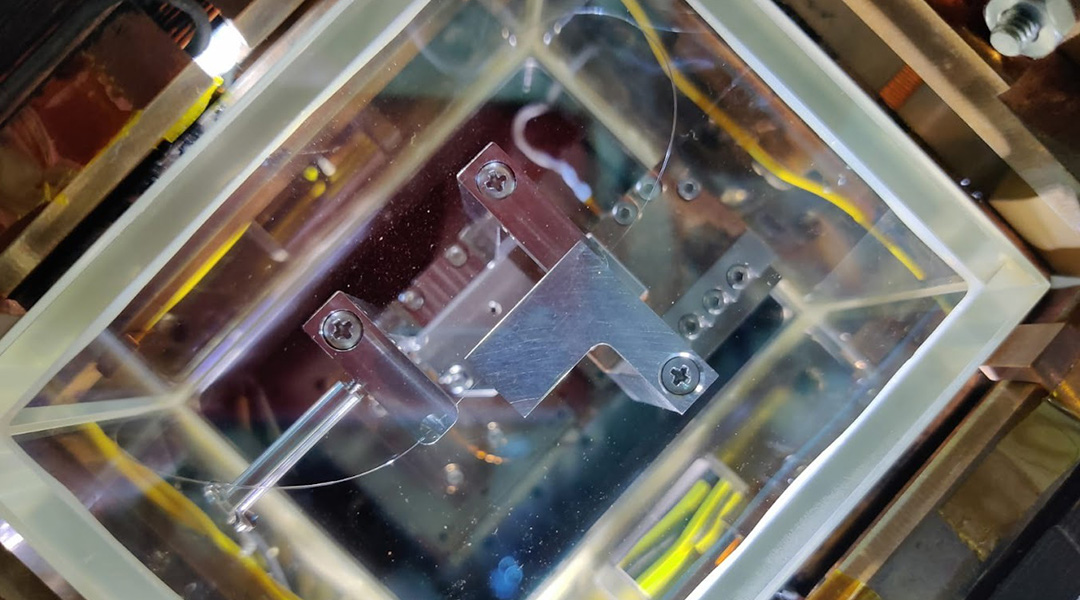
Are quantum communications truly unhackable? Study suggests otherwise
In theory, quantum communications should be impossible to hack, but study shows this may not be true in practice.
No Results Found
The page you requested could not be found. Try refining your search, or use the navigation above to locate the post.
No Results Found
The page you requested could not be found. Try refining your search, or use the navigation above to locate the post.
No Results Found
The page you requested could not be found. Try refining your search, or use the navigation above to locate the post.
No Results Found
The page you requested could not be found. Try refining your search, or use the navigation above to locate the post.
No Results Found
The page you requested could not be found. Try refining your search, or use the navigation above to locate the post.
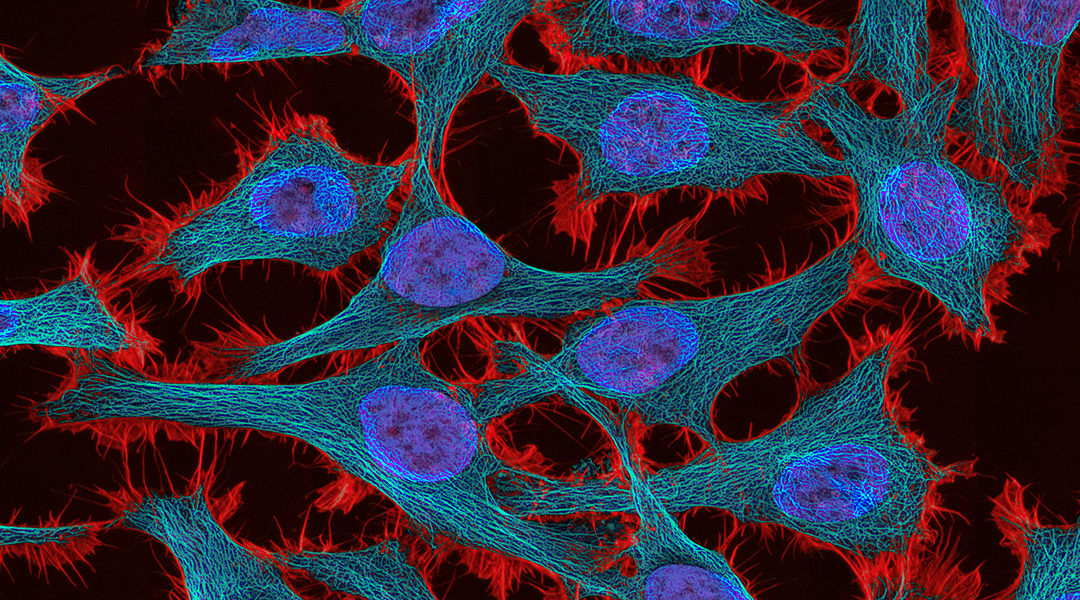
Blocking key protein halts spread of cervical cancer tumors
New findings shed light on how cervical cancer spreads to the lymph nodes, opening the door for treatments that could stop the process.
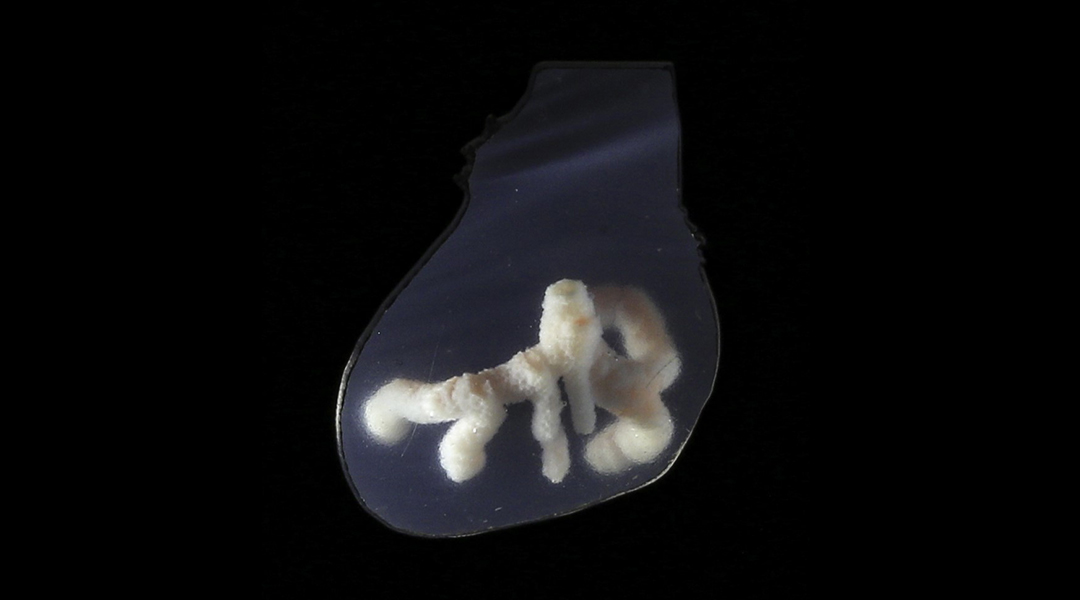
3D printing creates human-like blood vessels in heart tissue
This 3D printing method could make lab-manufactured organ transplants not just a possibility but a viable reality.
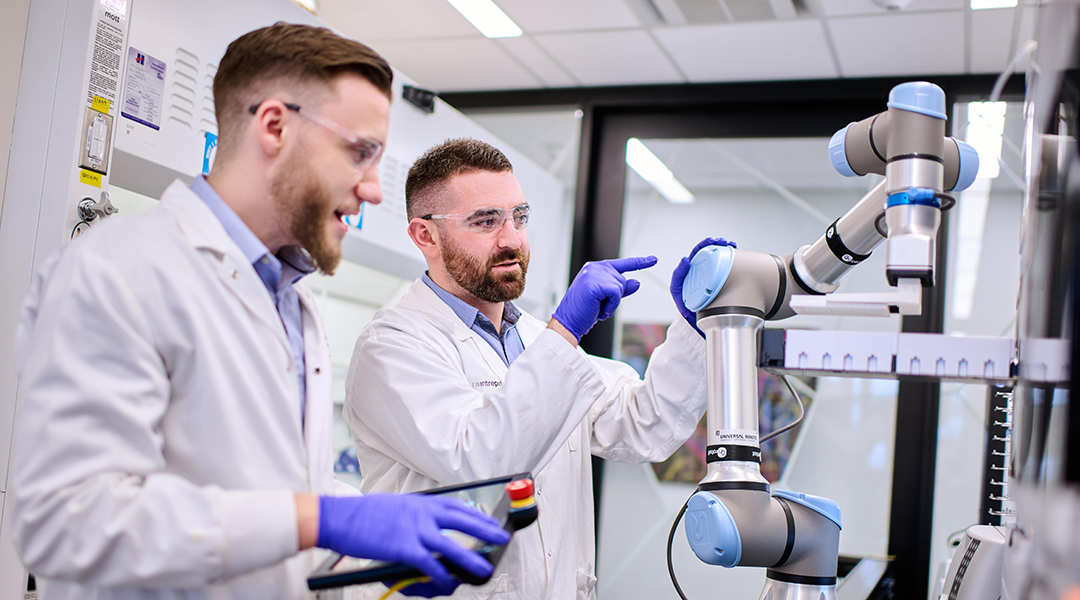
AI and robotics join forces to revamp how medications are made
Scientists are speeding up drug formulation to breath new life into old medications and reduce risk of clinical trial failure.
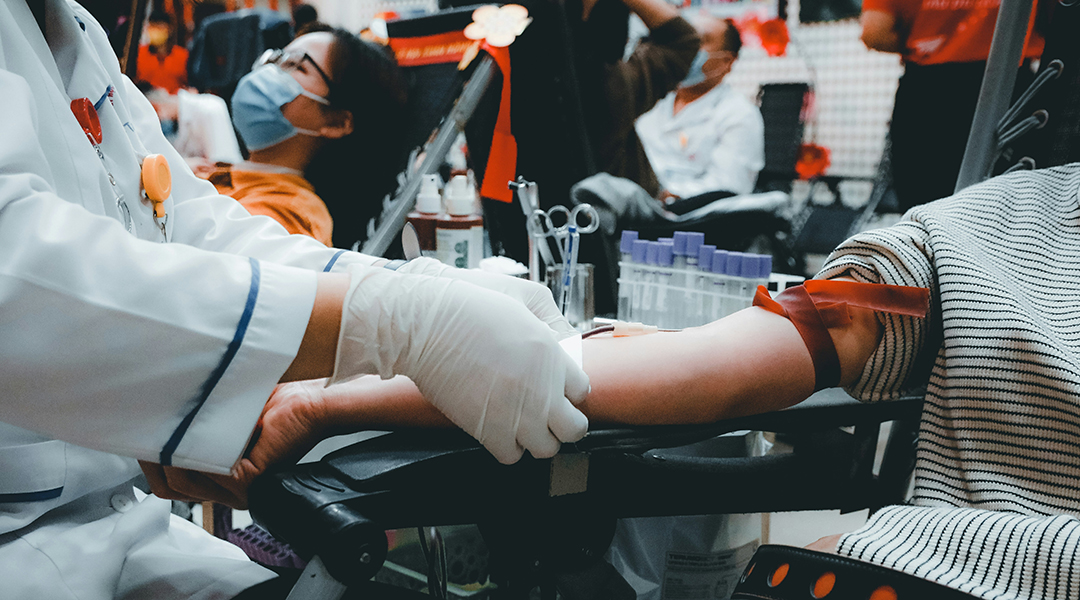
Engineered blood cells could eliminate blood type matching to solve donor shortage
Taking inspiration from plankton, researchers create engineered blood cells that are an important step toward a universal blood supply.
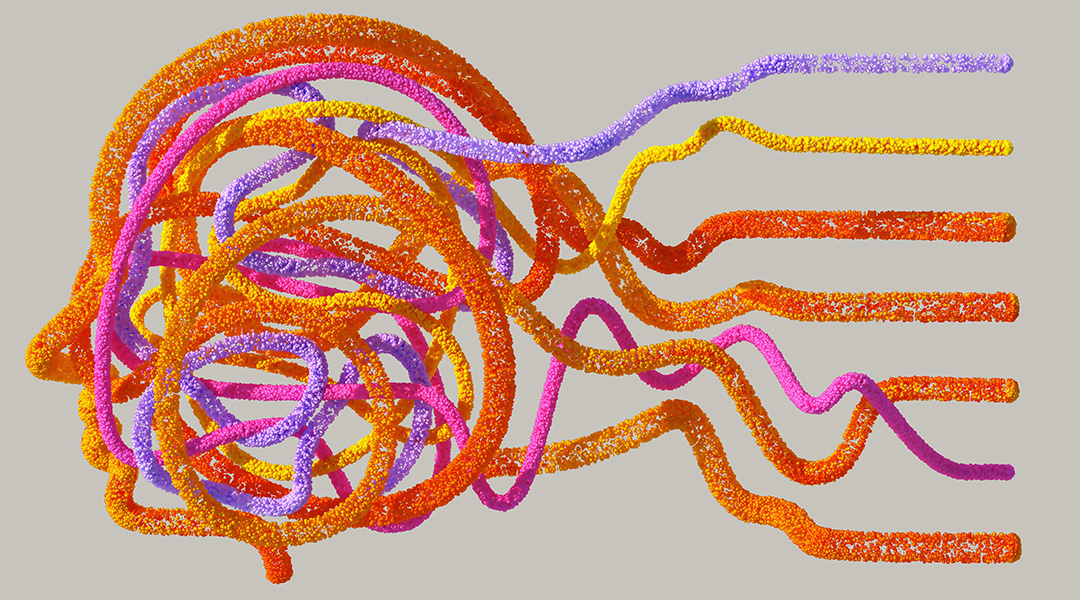
New AI tech predicts rare epileptic seizures
Preventing sudden and unexpected death hinges on accurately predicting the onset of epileptic seizures, even those with the rarest occurrences.
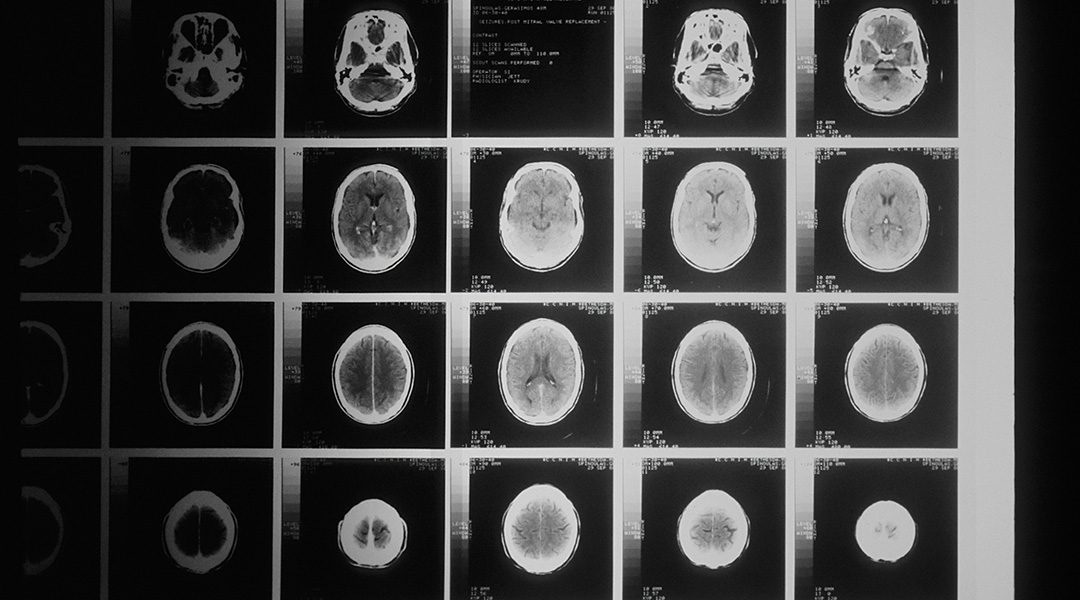
AI trained on brain scans could better predict mental health issues in adolescents
A neural network was able to evaluate connections between brain structure and clinical data to predict psychiatric disorders in youth.
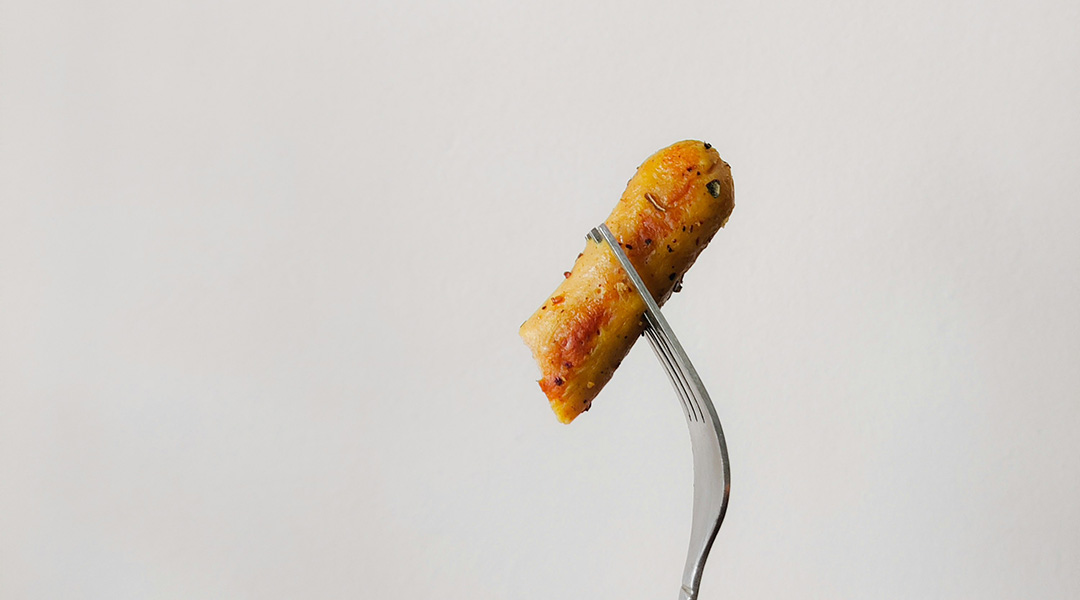
Using machine learning, robotic feeding system empowers users with mobility issues
This robotic feeding system trained with machine learning will transform lives, giving independence to those with severe mobility issues.

Meet Tumro, a jumping robot inspired by beetles
With its unique carbon fiber skeleton, this jumping robot closely mimics the energy-storing tissue found in insects.

A living biosensor helps track honeybee health
First living biosensor developed to study honeybee gut microbiome, providing insights into health and conservation.
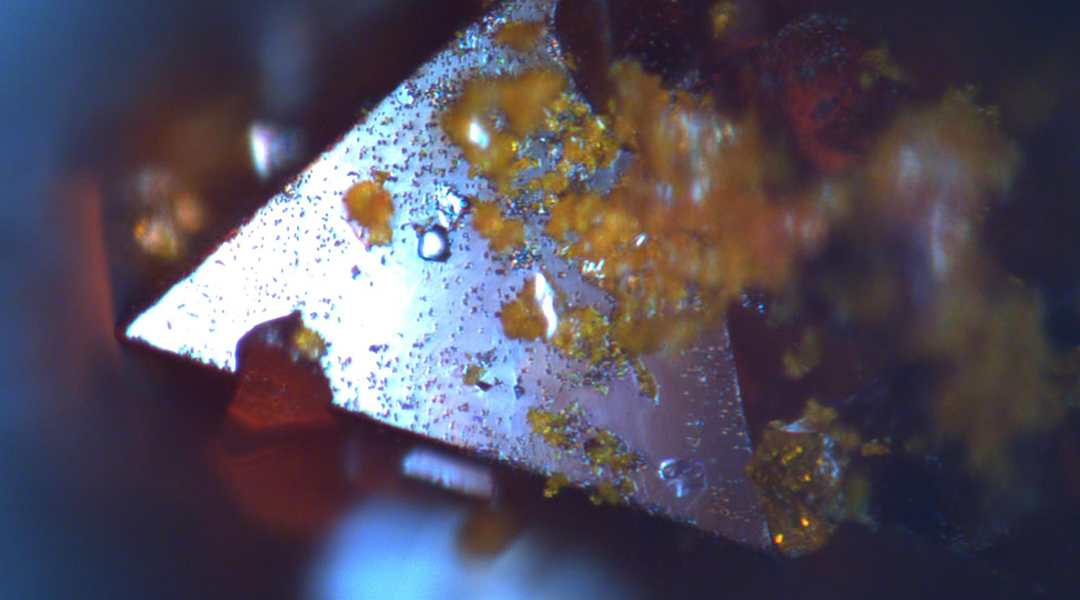
Could a lead-free solar cell be in our future?
Study uncovers stability hurdles in a promising lead-free solar cell material, signaling potential for a cleaner energy future.

Will the world’s transportation grids hold up to climate change?
Much of the world’s road and rail infrastructure is decades old, and future climate change will make it difficult to run and maintain.

Floating photocatalysts help break down water pollution using light
Sunlight-activated floating photocatalysts offer accessible water purification, vital for remote regions and developing communities.

Black hole morsels could make Hawking radiation detectable with current telescopes
During the tumultuous mergers of black holes, smaller black holes called morsels could produce detectable Hawking radiation.

Magnetic fields from the beginning of time may resolve the Hubble tension
By adding primordial magnetic fields to the Standard Model, researchers may solve the mystery of the Universe’s expansion.

Saving a dark matter theory from a quantum tunneling flaw
Tiny interactions between dark matter particles may resolve discrepancies between theory and astronomical observations caused by quantum tunneling.

Scientists observe spontaneous liquification of a metal
Something unexpected happened when atoms of gallium were observed to spontaneously transition from solid to liquid and back again.



